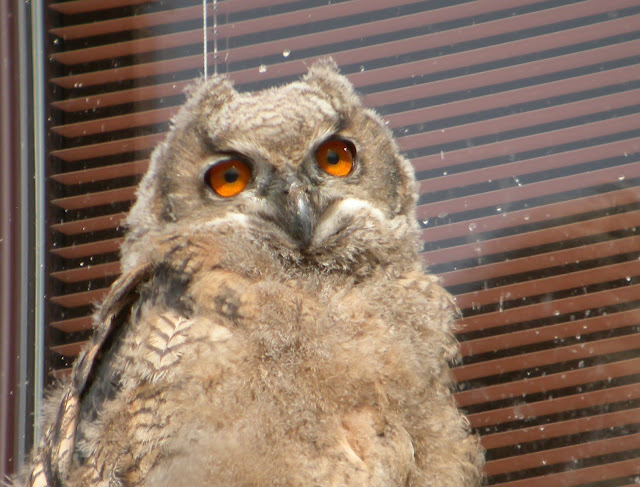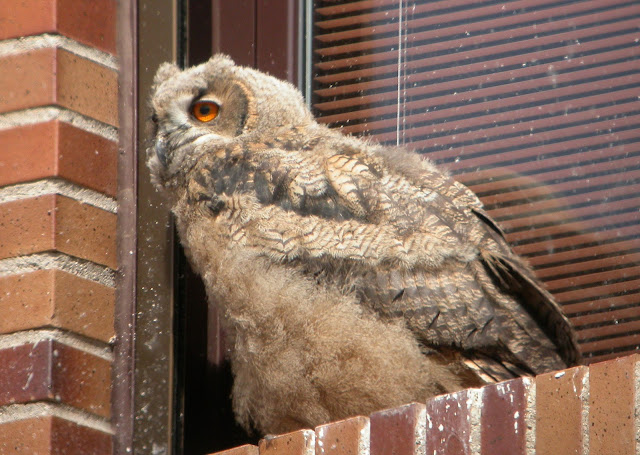Ahora le toca a una de las especies migradoras de aves nocturnas que pasan el invierno entre nosotros, el Búho Campestre o Lechuza Campestre.
Aunque es una especie que cría en algunos lugares de España, la gran mayoría crían en Europa y migran al Sur para pasar el invierno entre nosotros. Su hábitat preferido son las estepas cerealistas y es un gran aliado de los agricultores por la gran cantidad de topillos que consume. Las fotos que ilustran esta entrada están sacadas en Castilla y León y Madrid.
Aunque es una especie que cría en algunos lugares de España, la gran mayoría crían en Europa y migran al Sur para pasar el invierno entre nosotros. Su hábitat preferido son las estepas cerealistas y es un gran aliado de los agricultores por la gran cantidad de topillos que consume. Las fotos que ilustran esta entrada están sacadas en Castilla y León y Madrid.
This post is dedicate
to Short-eared Owl it is one of the migratory species of nocturnal birds that
spend the winter among us.
This specie also breeds
in some places of Spain, but the majority of this birds breeds in Europe and
migrates to the South to spend the winter between us. Its favorite habitat is
the cereal steppes and it is a great allied of the farmers, because of the
large number of mice it consumes. The photos that illustrate this post are
taken in Castilla y Leon and Madrid, Spain.




























































